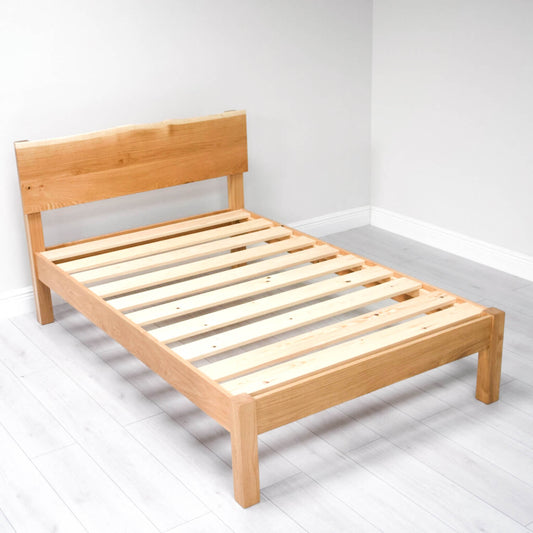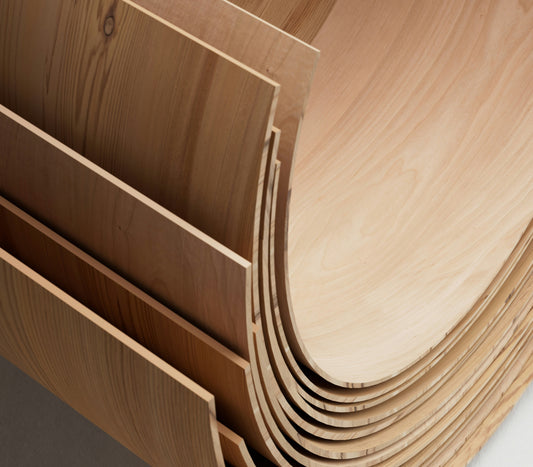When buying a bed frame, you’re faced with multiple choices. From bed height and size to style and storage capabilities, there’s a lot to consider. One of the decisions you’ll also need to make is whether to have a headboard. So, while you weigh up your options, you may well have asked yourself: are headboards necessary? Do I need a headboard?
Although headboards aren’t technically a necessity, many bed owners swear by their advantages. To shed some light on this trivial subject and help you decide, we’ve compiled a list of the advantages and disadvantages of headboards
A Brief History of Headboards
Like most furniture, the headboard can be traced far back into the Medieval period. During this time, furniture was a luxury reserved only for the wealthiest. The grander the piece, the higher your place in society. As such, headboards were often found in the homes of the rich and famous.
At this time, there was a substantial gap in wealth between the rich and the poor, which meant that not everyone had the luxury of a bed, let alone a headboard. However, as time has passed, these once exclusive features are now fairly ubiquitous.
Do You Need a Headboard?

Pictured: Model 04 – Low Wooden Bed (With Headboard)
First, let’s address the necessity of these bed frame accessories. Technically speaking, a bed frame doesn’t need a headboard to function correctly. In fact, many bed frame styles don’t use a headboard to begin with – take our Model 02 platform bed, for example.
However, there are some bed frame styles where the headboard forms an integral part of the bed frame’s structure – like a four-poster bed, for instance.
So, while some bed frames can be found without headboards, others do depend on them.
The Benefits of a Headboard
If you need a little more convincing on the merits of headboards, let’s look at their main advantages.
Neck Support
If you often read in bed, a headboard can be quite useful. You can prop your pillows up on it, enjoying a sturdy, comfortable place for your neck to rest.
Preventing Damage
If you have a particularly large bed in an otherwise small room, you may be tempted to push it as close as possible towards the walls. While this can help you make the most of your bedroom’s floor space, it also increases the risk of damaging the walls behind.
A headboard acts as a protective barrier between your head and the wall, keeping both protected from one another.
Structural Stability
For some bed frames, a headboard can be used as a structural element, helping tie the frame together and preventing excess movement while you toss and turn at night. This can make the bed feel more stable compared to options without headboards.
Pillow Placement
When sleeping, people rarely stay in the same position. We move from side to side and back to front, which can cause your pillows to move around wildly. Without a headboard, nothing is securing your pillow at the top of your bed, making it more likely to fall out and get stuck.
Feng Shui Compatibility
In the traditional Chinese practice of feng shui, a headboard is a sign of stability and strength. As such, headboards are often recommended in order to ground the room, and provide a positive flow of energy.
Cons of Headboards
Although there are some clear advantages to headboards, there are also some downsides to consider:
Cost
Due to the additional material needed, beds with a headboard can sometimes be more expensive compared to those without one. This isn’t always the case, but as a basic principle, headboards tend to add some costs.
Space Usage
While a headboard does offer protection for the surrounding walls, if you’re furnishing a particularly small space, you’ll know all too well that every millimetre counts. By placing a headboard at the top of your bed, you’ll take up precious room that could be better used another way.
Aesthetic Concerns
If you’re embracing minimalism, you may want to avoid a headboard. As attractive as they can be, a headboard does increase the visual footprint that a bed frame has within a space, which directly violates many rules of the aesthetic.
Wooden Beds with (And Without) Headboards, for You
If you’re still undecided on the headboard debate, no problem! At The Wooden Bed Company, we produce a variety of bed frame designs, both with and without headboards, for your consideration. See our whole range of wooden beds with headboards, here.















